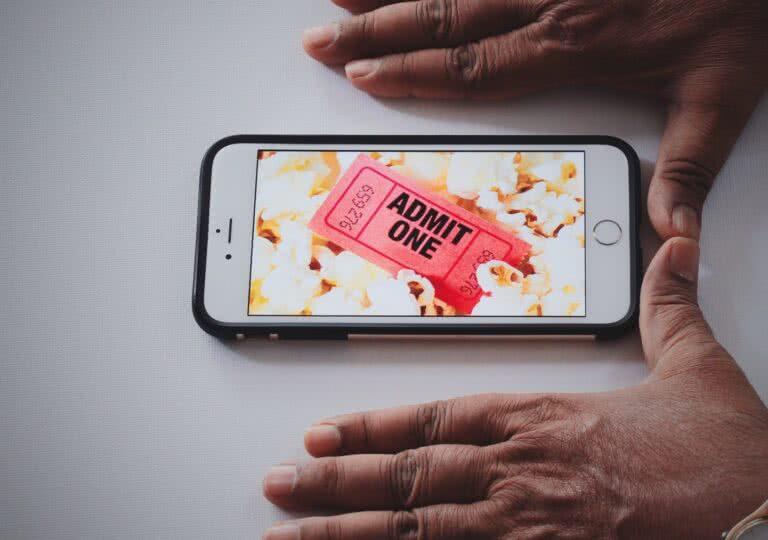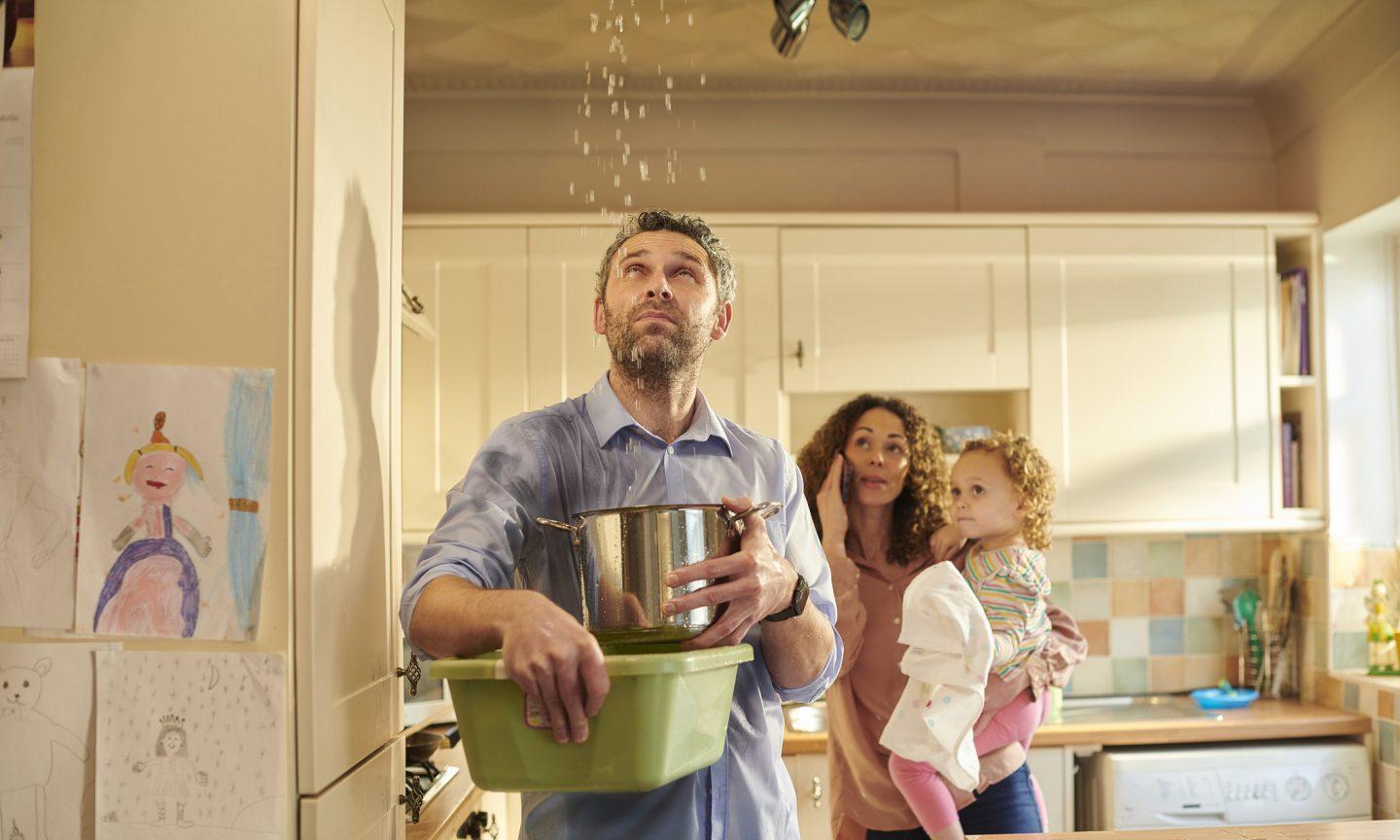There’s no magic formula or secret treasure map that guarantees you’ll find event success (unfortunately), but despite that, there are basic steps you can take to help nudge you on your way.
Of course, using Eventbrite will give you a leg-up on most events, thanks to the in-built SEO, social and discovery features…but you’ll still need to do some groundwork to ensure all of your tickets are sold out.
Once your event is live and online, here are 7 simple things you can do to help drive ticket sales.
Send an email
According to the latest event industry statistics published in the Pulse Report, email is the single most effective sales tool for event organisers.
Despite how crowded everyone’s inbox is these days, if you write a compelling subject and tell people about an interesting event, you can still get their attention.
If you don’t have an account with a provider like MailChimp or Aweber, you can use Eventbrite’s own emailing system…or if you do have an account with another email provider then you can easily sync up with your Eventbrite event.
If you don’t have a large list of people to email, then try building it up – we even created a week-long course on ‘how to grow your email list’ to help you with this – and move onto the next promotional item.
Schedule Tweets
You’re going to be busy over the next few weeks, so why not make your life a little easier by scheduling much of your social media activity ahead of time?
Take advantage of free tools like Hootsuite, Buffer or Sprout Social to create a stream of interesting social posts that will engage your followers and drive conversation (which you should respond to in real time if you can).
Aim for 2-3 tweets a day to keep your account active and worthwhile following, and mix up the content so not everything is about driving ticket sales. Some tweets should share out general interest links that your audience will find useful, entertaining or inspiring.
Need some inspiration? Check out these top 116 event-related Twitter accounts.
Post to Facebook
You may have heard that organic reach on Facebook has decreased…that it’s not a business-focused audience…that all the teens and Millennials have fled it already…
Well, while many of the rumours and negative comments about Facebook have a basis in truth, you need to bear in mind this: no matter what kind of event your running (business or social), over a billion people are on the platform, they still use it regularly, and it’s still free for you to post your event.
So why not spend a few minutes doing just that, given the huge potential upside?
If you don’t see much traction, then you can consider asking friends to help your organic reach by liking and sharing the event; or you can plump for promoting the event using their paid options. You might be surprised just how cheap it is to get your event in front of hundreds or event thousands of targeted potential attendees.
Facebook even integrates with Eventbrite using Event Bistro, so any interest in your event can easily become a sale.
Take a look at these 5 best practice examples of a Facebook event page.
Share on other social media
We could list every social channel individually on here, but arguably after the really big general social networks, the rest will depend on what kind of audience you’re after.
Here’s just a few more of the largest social networks you might want to check out:
- LinkedIn: Predominantly a business network, it’ll work best for B2B and professional development events like trainings, workshops and classes. LinkedIn also “enjoys high adoption among highly educated and high-income users,” according to TechInsider.
- Instagram: According to Business Insider, “Over 90% of the 150 million people on Instagram are under the age of 35” and it is “largely made up of urban, youthful demographics, with a significant skew toward women.”
- Pinterest: According to Pew Research Centre: “While Pinterest remains popular among younger users, there was an 11-point increase between 2013 and 2014 in the proportion of those 50 and older who use the site.” It is also heavily dominated by females, with a nearly 70%-30% split.
- YouTube: According to these charts on Digiday, YouTube overall has a pretty even split between males and females, and a large age-range. The key is to understand where you event sits within certain channel categories, which can be heavily male or female, young or old depending on the context.
- SnapChat: According to this Comscore demographic breakdown published on TechInsider, SnapChat has by far the youngest demographic, with a massive 45% of all users 18-24.
Here are 5 great examples of social media marketing for events to check out.
Tell people it’s live
This may seem so obvious that it’s redundant, but all too often people start marketing their event to strangers without actually telling those closest to them!
Let your friends and family know – you’d be amazed how powerful your personal network can be in helping generate early sales.
Tell your speakers / artists and talk to them about helping promote your event.
Do the same with your sponsors, exhibitors, media partners – even suppliers – at the end of the day everyone involved in your event has an interest in it being successful!
If you’re not sure where to start, we’ve created several handy email templates you can download for approaching speakers, attendees, partners & media.
Issue a Press Release
While less effective than maybe 10 years ago, a press release can still get picked up by niche media sites, bloggers and services like Google Alerts.
Make sure you write a compelling press release, with the key information at the top and key word featured prominently, though not to a point where it affects readability. There’s an example in the previously mentioned templates download.
Publish a blog post
Don’t neglect your own site! If you have a blog (and you should – it’s a great way to drive ticket sales), write a post announcing your event is live. If you don’t have a blog yet, check out these 5 great blogging platforms for events.
You can embed a ticket sales widget right there in the post to capture early interest, and share it across all your chosen social media channels.
Rather than simply regurgitating your press release, consider something different for the blog. You could interview your key speakers / artists and post their quotes about why they’re excited by your event. Or perhaps you could release some exclusive research that ties-in with the theme of your event. Why not turn it into a sharable infographic?
What works for you will depend on your event and audience, just let your creativity flow! For a bit of inspiration, you can also take a look at these 5 examples of fantastic event blogs.
Conclusion
There might not be a secret formula for success, but if you start off on the front-foot by running through this checklist on the day your event goes live, you’ll certainly be heading in the right direction to a sell-out event.





